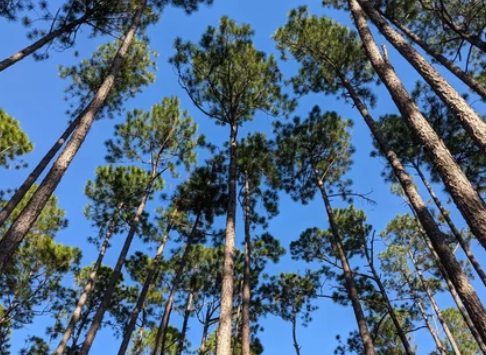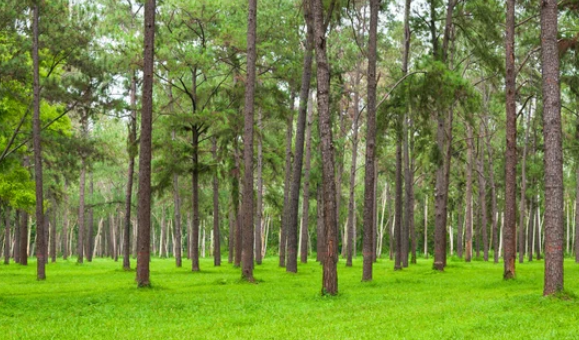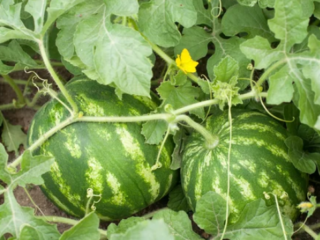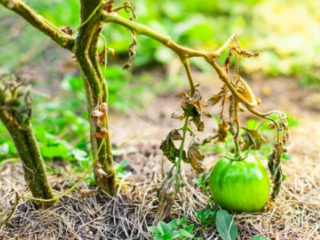Pine trees are a staple of the North American landscape, and the loblolly pine (Pinus taeda) is one of the most commonly found species in the southeastern United States.
These tall, fast-growing trees are often used for their strong and durable wood, making them an important resource for the lumber industry.

Characteristics of Loblolly Pines
One of the most striking features of loblolly pines is their height. These trees can grow up to 100 feet tall and have a trunk diameter of three feet, making them a towering presence in any forest.
Their strong branches and dense foliage also provide a habitat for many species of wildlife, adding to the ecological value of these trees.
Also, Loblolly pines are known for their resilience.
They can grow in a variety of soil conditions and are able to adapt to changing environmental factors, making them ideal for reforestation efforts in areas that have been damaged by natural disasters or clear-cutting.
Uses of Loblolly Pine Wood

Another reason why loblolly pines are so valued is their fast growth rate. These trees can grow up to two feet in a single year, making them a valuable resource for the lumber industry.
The wood from loblolly pines is strong and durable and is often used for construction, furniture, and paper products.
Drawbacks of Loblolly Pines
Despite their many benefits, loblolly pines also have a few drawbacks.
For example, their dense foliage and the shallow root system can make them vulnerable to damage from high winds and hurricanes.
Additionally, the dense underbrush that can develop around young loblolly pines can be a fire hazard, as well as provide a hiding place for pests such as ticks and chiggers.
Final Thoughts
A priceless and significant component of the southern American environment is the loblolly pine.
They are a valuable resource for the lumber industry due to their lofty stature, quick growth rate, and sturdy wood.
To ensure their continuous health and progress, it is crucial to be aware of and handle any potential vulnerabilities they may have.
By doing this, we can make sure that loblolly pines remain a healthy and significant component of our ecosystem for many years to come.




